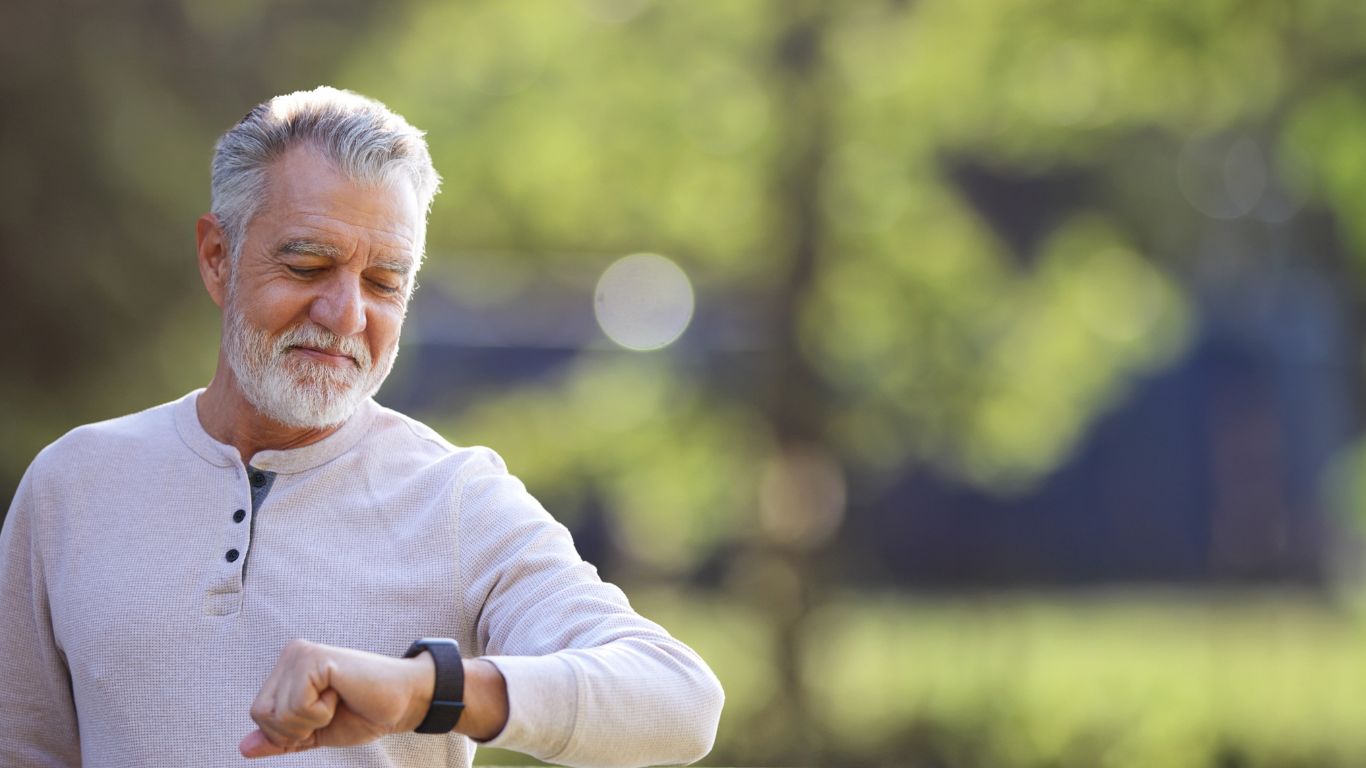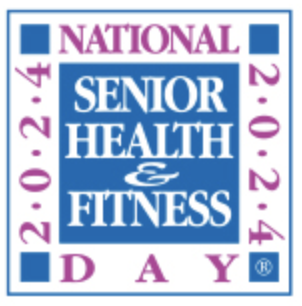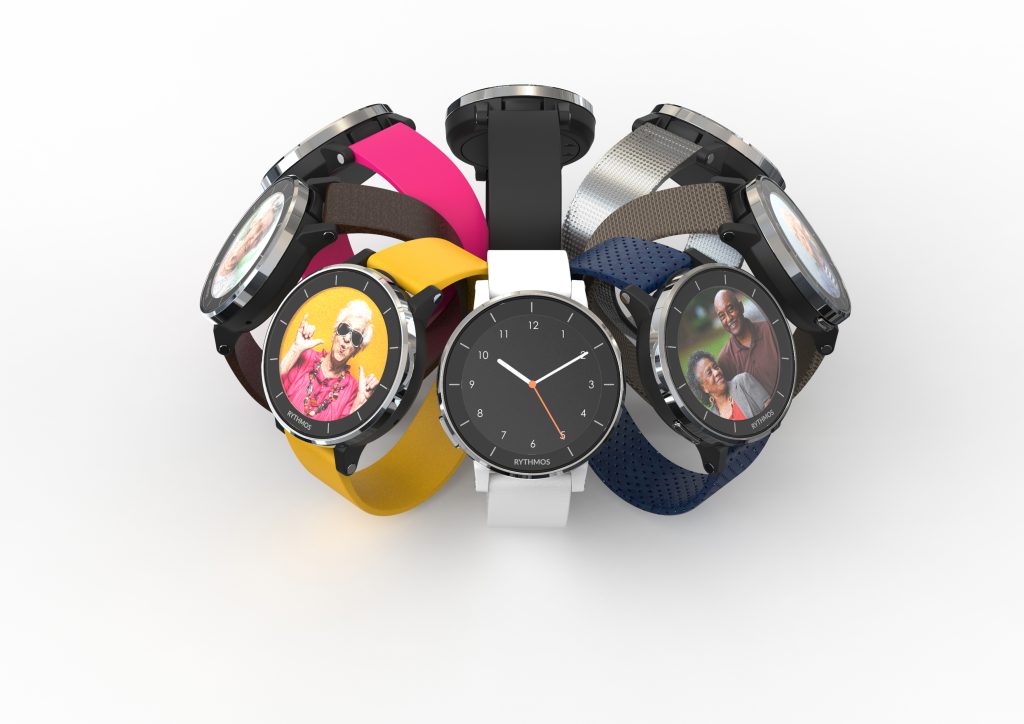As the countdown to National Senior Health & Fitness Day on May 29th begins, it’s time to turn our attention to the multifaceted nature of senior wellness and fall detection.
While this day is a celebration of vitality and health among older adults, it’s also an opportune moment to address the pressing safety concerns that continue to affect seniors across all levels of care. One of the most prevalent issues facing this demographic is the risk of falls, a challenge that demands our attention as we strive to promote holistic well-being.
Falls are a significant concern in senior living communities, casting a shadow over the independence and security of residents in independent living, assisted living, and memory care settings alike. By harnessing the power of innovative technologies, such as wearable devices like our new Rythmos® Kallos wearable, which are equipped with advanced machine learning-based fall detection capabilities, we can empower older adults to live more confidently.
As we gear up to celebrate National Senior Health & Fitness Day, it’s crucial to recognize the intrinsic link between physical fitness and safety. Through the use of accessible safety solutions, such as fall detection devices, we can create communities where older adults can thrive, embracing active, fulfilling lives with confidence and peace of mind.

What’s National Senior Health & Fitness Day?

National Senior Health & Fitness Day is more than just a date on the calendar; it’s an opportunity for communities to come together and prioritize the health and well-being of older adults. Celebrated annually on the last Wednesday of May, this year falling on May 29th, the event serves as a nationwide platform to raise awareness about the importance of eldercare and the myriad ways to support seniors in leading healthy, active lives.
Origins
The roots of National Senior Health & Fitness Day trace back to the broader framework of Older Americans Month activities. Spearheaded by the Mature Market Resource Center in collaboration with other nonprofits, this day stands as the pinnacle of the largest health and wellness movement for seniors in the United States.
At its core, National Senior Health & Fitness Day rallies more than 1,200 locations nationwide including senior centers, recreation centers, hospitals, and health clubs, to host events aimed at promoting healthy aging. From group exercises to health fairs, the day’s festivities offer a plethora of opportunities for seniors to engage in physical activity and connect with their communities.
Senior Falls
Falls aren’t just accidents; they’re life-altering events, especially for older adults.
According to the Centers for Disease Control and Prevention (CDC) and the National Council on Aging (NCOA), falls are the leading cause of fatal and non-fatal injuries among seniors. Every 11 seconds, an older adult is treated in the emergency room for a fall-related injury, highlighting the urgency of addressing this issue.
But it’s not just physical well-being at stake; there’s a hefty financial toll too. The economic impact of falls exceeds $50 billion annually in the United States alone, highlighting the immense burden on healthcare systems and society as a whole.
Beyond the immediate physical trauma, falls often leave a lasting psychological imprint. Many seniors develop a deep-seated fear of falling again, leading to a downward spiral of decreased physical activity, social isolation, and worsening health.
Empowering Seniors Across Care Levels
The Role of Technology in Fall Prevention
Integrating technology into senior housing communities revolutionizes fall prevention efforts. Advanced assistive technologies, like Rythmos® Kallos, provide real-time monitoring and sophisticated fall detection capabilities. Equipped with sensors and automatic alert systems, these wearables offer an added layer of safety and security for seniors, empowering them to live more independently while receiving the support they need.
Furthermore, by leveraging data integration and analytics, senior housing communities can proactively identify fall risks and implement preventive measures. This proactive approach not only enhances resident safety but also optimizes operational efficiency, ultimately improving the overall quality of care.

Have Questions? Let’s Talk!
If you’re interested in buying the most advanced wearable with fall detection for seniors or want to learn more about our Rythmos® wearables and senior community solutions, please contact us.
Our team at Intrex is dedicated to improving care for your loved ones and assisting seniors and caregivers with efficient, scalable, and affordable tech solutions. Let us know how we can help!

